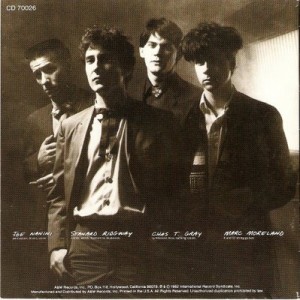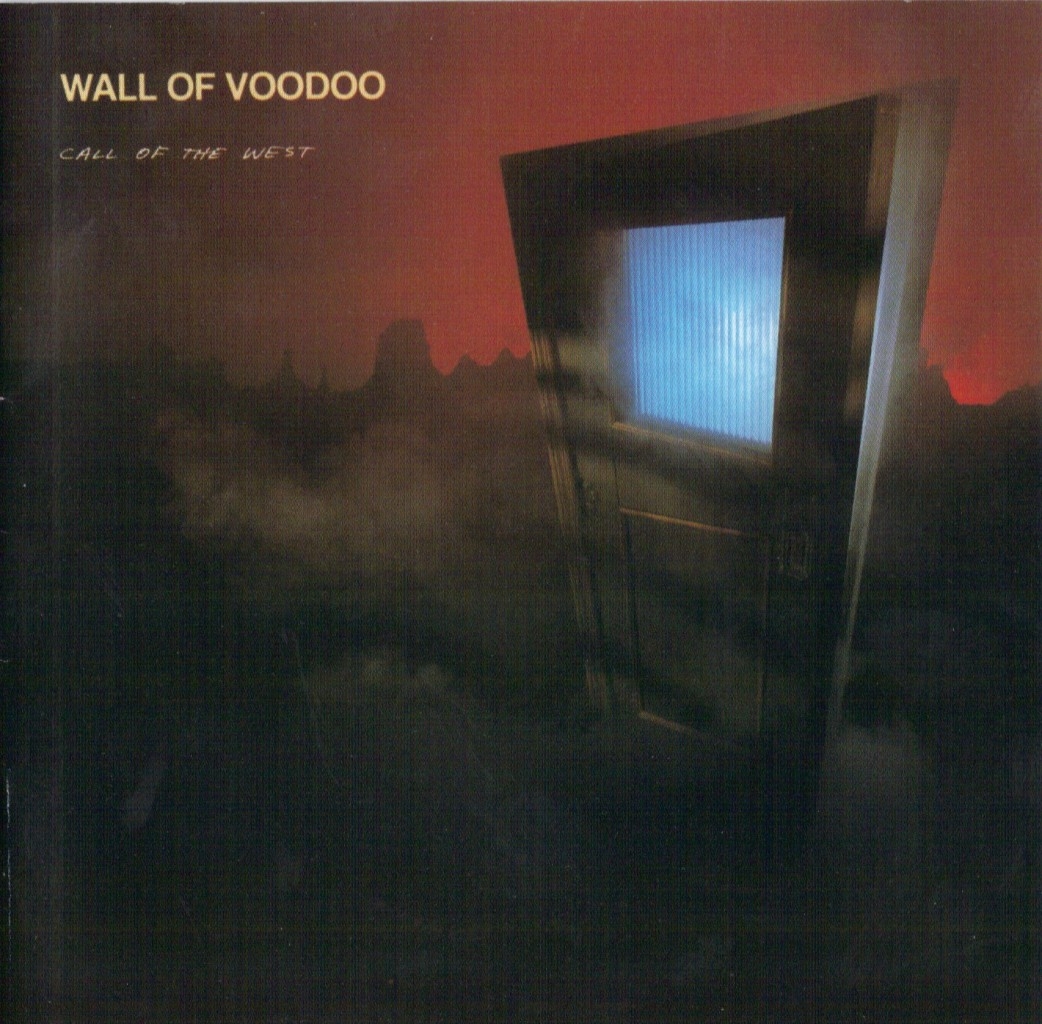 Rolling along here in the month of October and sticking with our Halloween(ish) theme, this week’s artist’s music had a heavy influence of film noir and westerns inlaid within their sound and lyrics. An excellent addition to the New Wave period, but often going unnoticed in their creativity and talent, this week we take on the local talents of Wall of Voodoo as we continue down our road of musical antics.
Rolling along here in the month of October and sticking with our Halloween(ish) theme, this week’s artist’s music had a heavy influence of film noir and westerns inlaid within their sound and lyrics. An excellent addition to the New Wave period, but often going unnoticed in their creativity and talent, this week we take on the local talents of Wall of Voodoo as we continue down our road of musical antics.
Wall of Voodoo took its name as a play off of Phil Spector’s Wall of Sound. Formed in 1977, Wall of Voodoo was at first Stan Ridgway and Marc Moreland, and his brother, Bruce, but known to the world (or L.A.) as Acme Soundtracks, a company started by Ridgway creating music that they hoped would be featured in movie soundtracks (some of which ended up on their first album). It was their creation of this music as well as Ridgway’s love of music and desire to make his own version of popular music, or what he called “top-40 avant-garde.” Two years later the band brought in Joe Nanini and Chas Gray. While all these people were important to Wall of Voodoo, the driving force behind the entire thing was Ridgway himself.
Stan Ridgway was in the music/entertainment business practically his whole life. He was a ventriloquist at age 9, had his first banjo at 14, went to music school for guitar, and spent several years in the jazz scene before deciding to work with rhythm machines and play around with the structure of music. Ridgway’s Wall of Voodoo was meant to be creative and artistic without taking itself too seriously or coming off as pretentious. Ridgway’s style and lyrics show just that. His mixing of happy lyrics and themes with melancholy melodies, or the strangeness of his characters within the songs convey the attitude that Ridgway was trying to achieve.
Ridgway was with Wall of Voodoo until 1983, just 1 year after the release of Call of the West, which featured their one hit single “Mexican Radio.” Ridgway, Nanini, and Bruce’s replacement, Bill Noland, departed the band after the US Festival. Ridgway attributes his split from the in part to band behavior, drug use, and speculative decision-making by management. Though three of the five members left, Wall of Voodoo marched on for another five years. Ridgway was replaced by Andy Prieboy, and Bruce Moreland returned to the band. Though the band didn’t sound the same after Ridgway’s parting, they managed to release three more albums before their final break-up in 1988.
After the split, many of Wall of Voodoo’s members went on to have solo careers. Prieboy, Marc Moreland, Joe Nanini, and Stan Ridgway all took up the mantle of solo artists. Marc passed away in 2000, and Nanini two years later. Stan Ridgway continues his musical career and you can still catch him on tour. While Wall of Voodoo may be gone, with their catalogue of creative and well-crafted music, they are long from forgotten. And we here at Enter the Shell (dot com) have links so you can get your fix!
Useful Links

